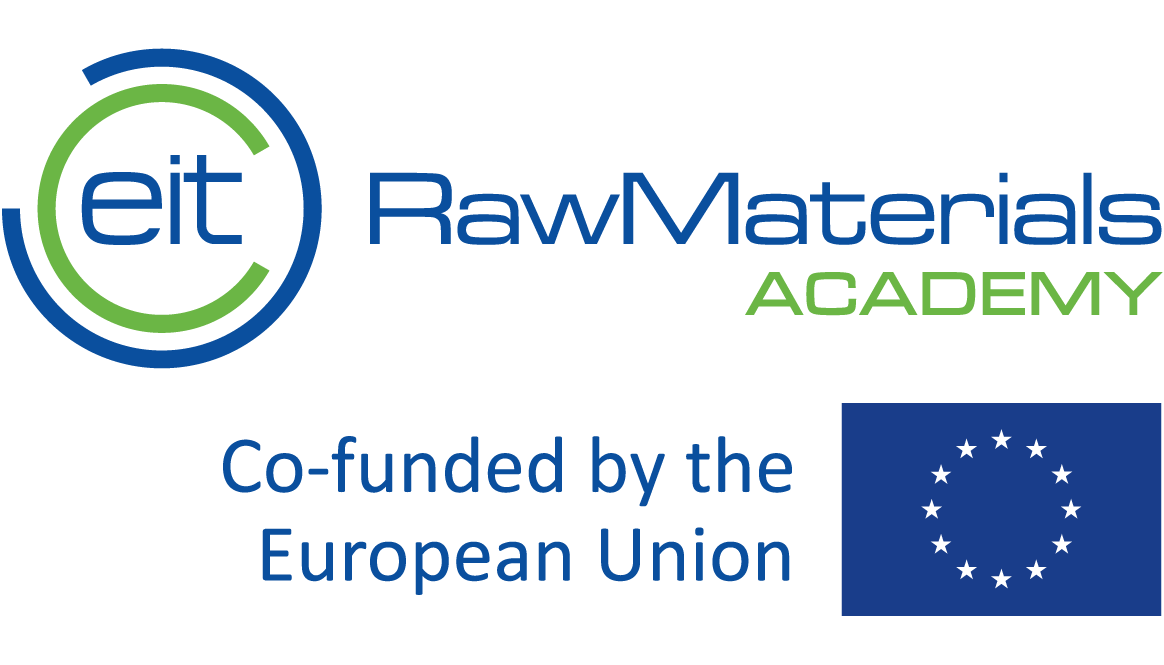System change potential of practices about environmental and socio-economic impact assessment
This article addresses the topic of impact assessments and their role for the sustainable management and transformative capacity in the extractive sector. In general, environmental impact assessments pursue the identification, predication, evaluation and mitigation of biophysical, social, and other relevant effects of the project prior to the implementation and adjoining commitments (IAIA, 2020). The most prominent examples within the EU context are the Environmental Impact Assessment (EIA, for projects) and the Strategic Environmental Assessment (SEA, for plans, programs). Public consultation and transparent access to information are key features of such procedures. For extractive industries, the EIA plays an important role for permitting procedures (see also topic and week of permitting) and, in some national contexts, also for Land-Use Planning (see Minland, D4.4.).
EIAs target, in particular, the SUMEX SD aspects, (i) ‘Environmental sustainability’ (e.g. integrated water management, impacts on ecosystem services and biodiversity): avoiding environmental damage in the first place and assess potential (individual and cumulative) impacts comprehensively; and (ii) “Social and societal responsibility” (e.g. information transparency) by ensuring a meaningful and transparent engagement and consultation with the public concerned, in which a transparent access to the required information is guaranteed. Environmental and social integrity, social and environmental justice, and well-being play a crucial role within the broader context of sustainability transitions. From a sustainability point of view, these issues also touch upon the planetary boundaries and ensuring that we remain within a ‘safe operating space’ to ensure a wise management of the ‘mineral wealth’ and safeguarding for future generations: hence environmental and social impacts are important aspects for the sustainable management of extractive industries, but also play a relevant role for transitions towards sustainability.
Establishing systemic change requires many different actions that target various points of a sub-system. The Leverage Points (LP) Approach by Donella Meadows systematizes potential actions into a spectrum reaching from ‘shallow’ to ‘deep’ LPs, depending on the immediate transformative capacity. They belong to the four system dimensions: material, feedback, system design, and intent. To evoke transformative processes requires changed practices along the entire Leverage-Point-Spectrum. Interventions and changed practises on the more ‘shallow’ side of the spectrum support incremental changes and adaptation and, thus, improve the sustainable management of the current situation and, for example, result in lower environmental impact. Interventions and changed practices at the ‘deep’ side of the spectrum promise fundamental changes, since they govern the other dimensions, but they are more difficult to design, more difficult to implement, and require longer time to unfold their transformative power. Consequently, a mix of different actions or chains-of-actions are required that target different points in the system.
Extractive sector practices on environmental and socio-economic impact assessment and their positioning in the Leverage Point Scale
The important role of impact assessments is also reflected in the abundance of identified practices in the SUMEX repository. In total, we identified 96 practices, which span across the LP-spectrum. Besides this widespread distribution, we see a focus in the design category and the ‘shallow’ category of material. Traditionally, impact assessments are part of the regulatory and permitting system, which automatically highlights the importance of the design dimension (43 %, e.g. LP 5 and 6), which is complemented by another focal point in the material category (38%).
The latter group summarizes interventions covering aspects of parameters, buffer stocks and material stocks and flows: the results show that within the parameter dimension, emphasized technical innovations and -measures to reduce or mitigate environmental impact, such as technologies to reduce water contamination, and novel tailing-techniques (e.g. dry stacking) are most represented.
On the level of buffer-stocks, many interventions are present which target groundwater levels and the ecological capacity of waterbodies, as well as improving the ecological capacity and -quality of (post-)extractive ecosystems. Interventions in the infrastructure, such as digitalisation, reducing road infrastructure, decarbonisation, or the building of covered drainage systems, are identified. Interventions in the design category are the focal part. In this category, the results confirm the importance of the identified SUMEX SD aspects. For both environmental and social sustainability, many regulatory frameworks were put in place, which are operationalized in a second step for the implementation by public authorities. Hence, on this level, many conformance and performance based ‘standards’ are introduced that target environmental integrity, social cohesion, and engagement.
Consequently, interventions on those ‘deeper’ levels drive aspects and interventions in subsequent dimensions, such as parameter, buffer, infrastructure, and feedback (e.g. in situ bioleaching). As for social sustainability, the results show interventions introducing grievance mechanisms, stakeholder engagement and consultation protocols, social awareness programs and structured communication approaches. In this context, many interventions that re-direct the information flow (LP6) and guarantee information access and transparency are presented. Less attention is paid to interventions in the feedback-dimension (12%), which mainly target reporting systems and measures that lower the mineral exploitation rate, such as the recovery of valuable materials from tailings and residues, or the substitution of materials (e.g. substitution of lithium). Given the overall importance of technical measures and the design category, the main target groups are policymakers, public authorities, and industry.
 Figure 1: Overview of analysed practices grouped by Leverage Points
Figure 1: Overview of analysed practices grouped by Leverage Points
Implications and outlook
The analysis highlights the importance of the design- and material dimension on the topic of impact assessment. The results show a strong effort in the spectrum of shallow leverage points and illustrates significant efforts to improve the sustainable management of extractives. From a transformative perspective, these efforts might unfold only minor or modest transformative power, since they are targeting the improvement in the form of efficiency gains (i.e. reduced pollution or health impacts). At the same time, many interventions are in the area of system design: The connection between design and parameter, or feedback level interventions, illustrate chains-of-interventions. However, the material shows that the topic of impact assessment and its practices are well embedded and adapted to the current system. Indeed, the analysis has shown a lack of interventions which target deeper levels, and are questioning whether this system is fit for the required transformation.
Share this
Sustainable Management in the Extractive Industry

Sustainable Management in the Extractive Industry


Reach your personal and professional goals
Unlock access to hundreds of expert online courses and degrees from top universities and educators to gain accredited qualifications and professional CV-building certificates.
Join over 18 million learners to launch, switch or build upon your career, all at your own pace, across a wide range of topic areas.
Register to receive updates
-
Create an account to receive our newsletter, course recommendations and promotions.
Register for free







